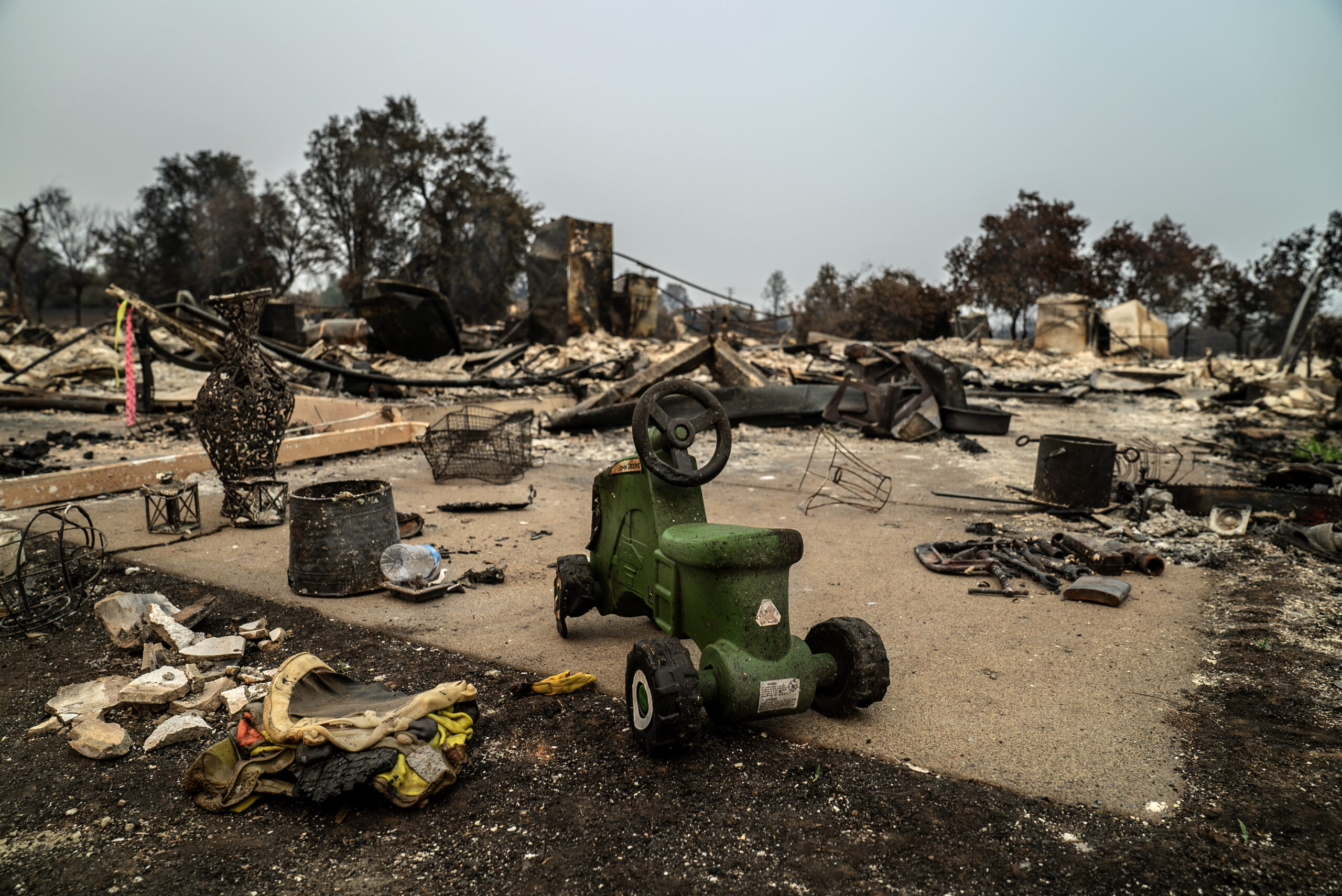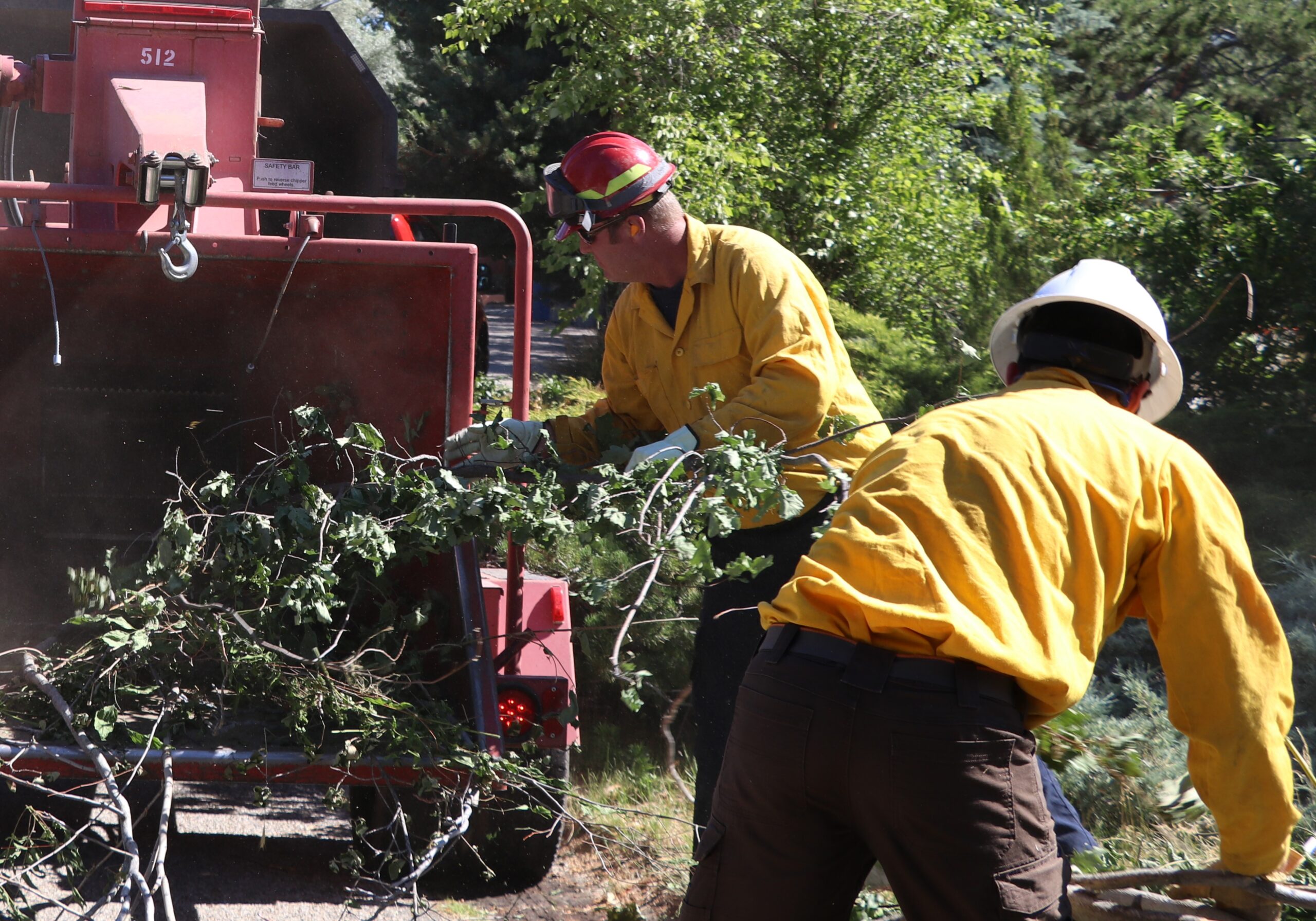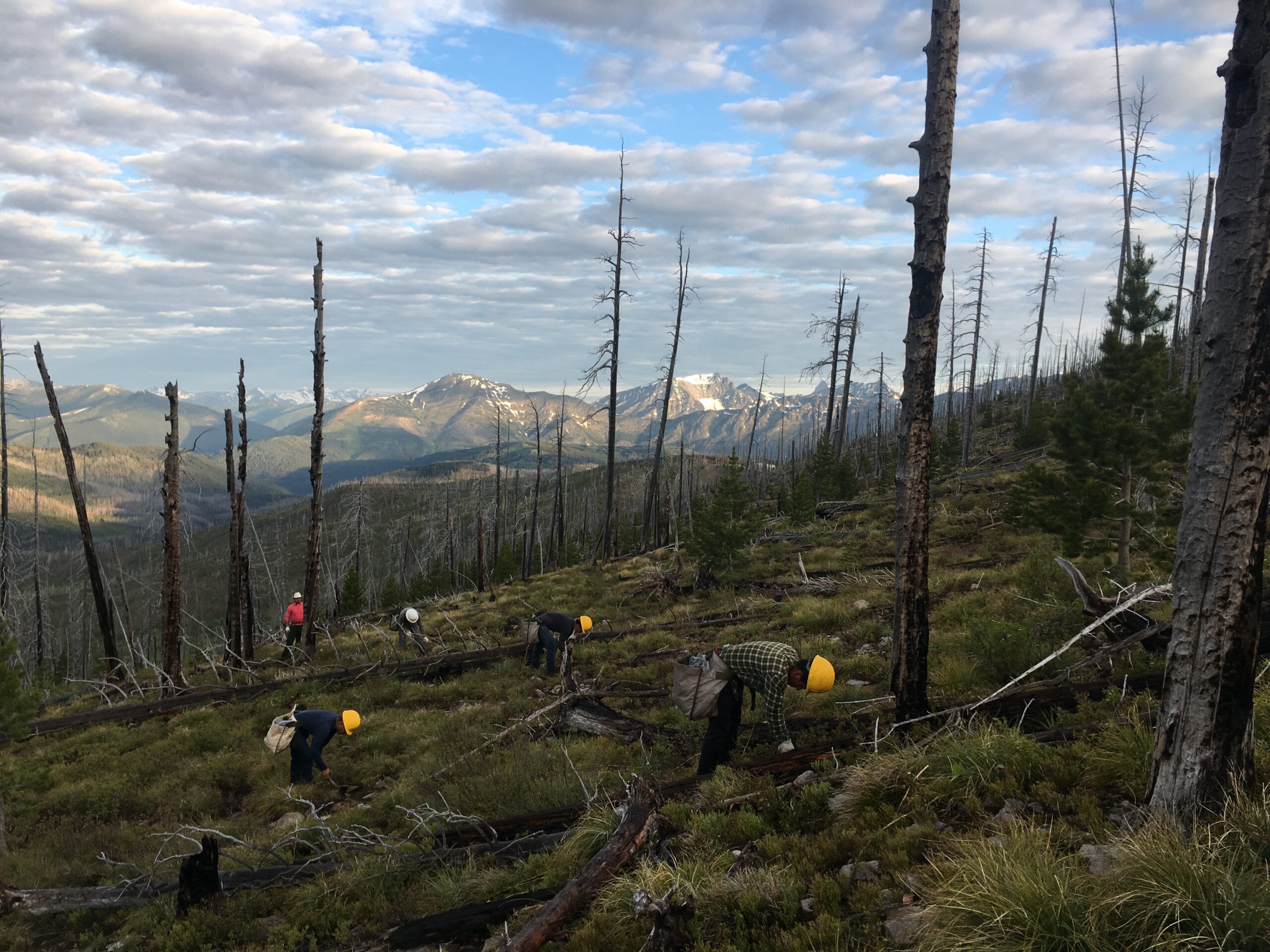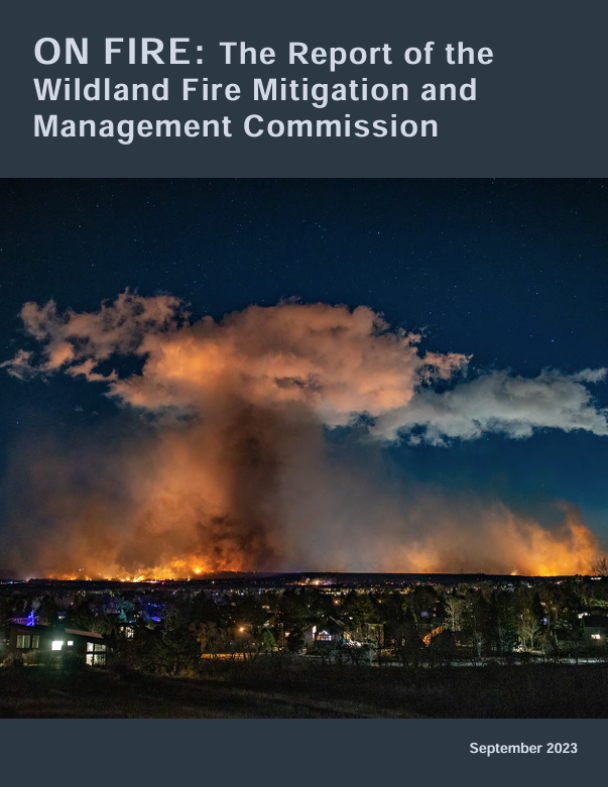Commission
In response to the urgent and growing threat of wildfire, Congress established the Wildland Fire Mitigation and Management Commission in the 2021 Infrastructure Investment and Jobs Act to review nearly every facet of the wildfire system. With 50 members, the Commission brought together a rare diversity of backgrounds, experiences, and expertise to address the wildfire crisis, reaching full consensus on a sweeping set of recommendations to address the rising risk of wildfire. The Commission developed 167 recommendations and delivered two reports back to Congress–all within one year. These recommendations provide an important roadmap for changing our wildfire outcomes but much-needed change cannot occur without further action by Congress.
Significant Change Needs to Occurto improve our wildfire system

Significant change needs to occur. There must be a paradigm shift toward systems and structures that are more comprehensive and better address the interrelationships between communities and landscapes and between pre-fire mitigation, response, and post-fire recovery efforts. Selected recommendations include:
- Establish a Community Wildfire Risk Reduction Program to proactively and comprehensively address wildfire risk reduction actions in the built environment (see Recommendation 1).
- Create the organizational and financial structures necessary to better integrate the national response to wildfires and post-fire impacts across agencies and scales (see Recommendation 60).
- Change the system of land management agency performance metrics beyond acres treated or timber volume output to measure success (see Recommendation 147).
- Develop a periodic review of the comprehensive wildfire mitigation and management system to assist adaptive management and adoption of needed changes (see Recommendation 148).
Supporting Collaboration to improve partner involvement at every scale

Successfully meeting the challenge of wildfire mitigation and management requires better involving all relevant entities and every scale of society. Governance systems and structures must become more inclusive and involve greater collaboration among federal agencies, and between federal agencies and non-federal governments, organizations, and communities. Selected recommendations include:
- Support new and existing partnership programs between federal agencies and non-federal entities (see Recommendation 126).
- Provide financial and technical assistance to support existing and emerging wildfire resilience collaborative groups (see Recommendation 139).
- Increase accessibility of federal grants for community wildfire risk reduction and postfire recovery efforts (see Recommendation 142).
- Increase and foster local participation in wildfire planning and management through collaborative pre-fire planning initiatives like the Potential Operational Delineations process (see Recommendations 57 and 58).
Shifting from Reactive to Proactive in planning for, mitigating and recovering from fire

The existing system of wildfire funding, resources, and strategy is predominantly oriented towards reacting to wildfire events, often at the expense of proactive measures. There is a need for greater support for proactive work that helps mitigate potential wildfire impacts for communities and landscapes and enable recovery to a more resilient condition. Selected recommendations include:
- Support a comprehensive approach to community wildfire risk reduction, including through creation of a Community Wildfire Risk Reduction Program, incentives for proactive planning, and protection of critical watersheds and water delivery infrastructure (see Recommendation 1, Recommendation 3, and Recommendation 34).
- Authorize funding for integrated planning and management across all phases of wildfire management (including planning for post-fire impacts) (see Recommendation 66).
- Invest in the creation of a workforce primarily focused on restoration and mitigation (see Recommendation 89).
- Invest in fuels reduction treatments on public and private lands (see Recommendation 17).
Enabling Beneficial FireDramatically increasing the amount of beneficial fire on our landscape is essential to reducing wildfire risk and restoring ecosystem function

Dramatically increasing the amount of beneficial fire on our landscapes is essential. There is a need to address the logistical, policy, and resource related barriers to the beneficial use of fire and also provide means for better protecting public health. Selected recommendations include:
- Expand support for the further development and utilization of pre-fire response planning, such as the Potential Operational Delineations (PODs) methodology, as a science-based, collaborative, and interdisciplinary framework (see Recommendation 57).
- Increase the capacity of federal agencies and departments to work with states, local and Tribal governments to ensure that air quality, public health, and land management programs work toward minimizing smoke impacts to human health while enabling and expanding the proactive use of beneficial fire (see Recommendation 39).
- Instruct agencies to develop the necessary administrative systems to allow resource ordering for prescribed fire to be as seamless as it is for wildfire response (see Recommendation 61).
- Empower Tribes to plan and implement more beneficial fire through increased recognition of Tribal fire planning, expansion of the Tribal wildfire workforce, and the statutory acknowledgement of cultural burning to protect and promote this activity (see Recommendations 15 and 16, as well as Recommendation 92).
Supporting and Expanding the Workforce to hire and retain the wildland firefighting staff needed to address the crisis

The nation’s fire-related workforce underpins every aspect of wildfire mitigation and management. Activating and recruiting additional personnel and skillsets into the workforce and developing a multidisciplinary workforce focused on mitigation and restoration will be critical. Selected recommendations include:
- Increase wages and benefits for the federal wildland fire workforce (see Recommendation 84).
- Invest in a workforce primarily focused on restoration and mitigation (see Recommendation 89).
- Create efficient hiring pathways that support development of a larger and diverse workforce (see Recommendation 85).
- Better utilize the existing national structure fire service to help respond to wildfires safely and efficiently through increased training opportunities and better integration into the existing resource mobilization systems (see Recommendation 56).
- Expand recruitment strategies (see Recommendation 88).
Modernizing Tools for Informed Decision-makingScience, data, and technology play an important role in better understanding the wildfire environment and supporting decision-making

Science, data, and technology play an important role in better understanding this environment and supporting decision-making. Steps should be taken to better coordinate, integrate, and strategically align fire-related science, data, and technology. Selected recommendations include:
- Establish and fund an interagency joint office with the mission of providing comprehensive assessment and prediction of the wildfire environment through data aggregation and science-based decision support services (see Recommendation 104).
- Support a venue to serve as the national coordinating body for wildfire science research (see Recommendation 110).
- Support improved operationalization of research through the creation of a fire science and technology board to help coordinate existing efforts (see Recommendation 116).
- Improve data analysis, research, and decision support to aid communities in both mitigation and post-fire recovery efforts (see Recommendation 37 and Recommendation 114).
Investing in Resilience through increased spending now to reduce costs in the long run

Wildfire investments have historically proven vastly insufficient to meet the magnitude of the current challenge. There is a need for increased federal funding that is sustained and predictable, keeps pace with the escalating crisis, incentivizes investments by other governments at all levels, and includes a focus on the mitigation of risk and impacts both before and after wildfire. Selected recommendations include:
- Congress should increase budgets for the relevant departments and entities that work to mitigate, manage, and recover from wildfire (see Recommendations 129, 130, and 131).
- Congress should ensure that balanced, robust funding for pre-fire mitigation and post-fire restoration is included as part of the wildland fire budget (see Recommendation 124).
- Congress should utilize omnibus, multi-year, mandatory funding authorization and appropriations legislation for wildfire management (see Recommendation 120).
- Congress should improve the stability of wildfire-related appropriations and make permanent the Wildfire Suppression Operations Reserve Fund, better known as the “wildfire funding fix” (see Recommendation 121).
Opportunity to Act
The Commission’s recommendations are extensive and diverse and with these solutions in hand, Congress must act as quickly as possible.


